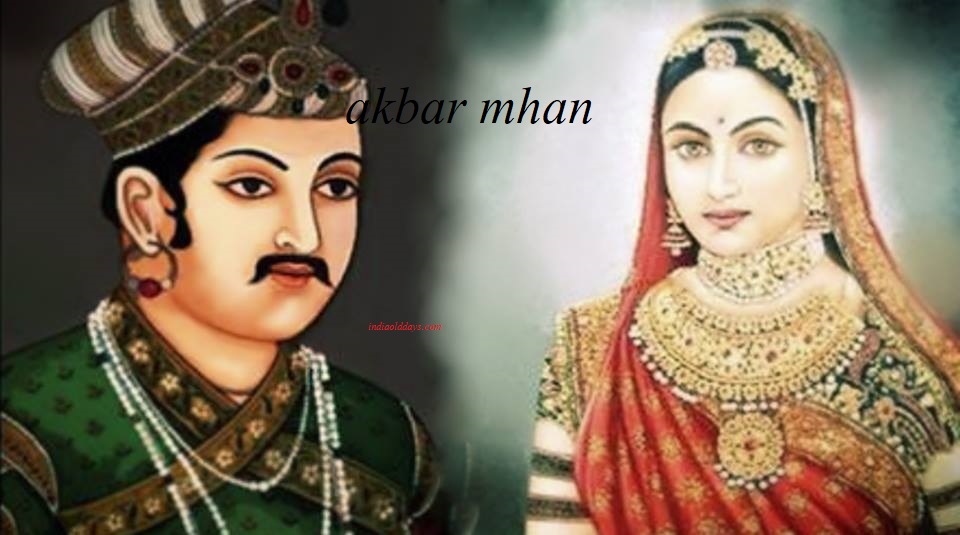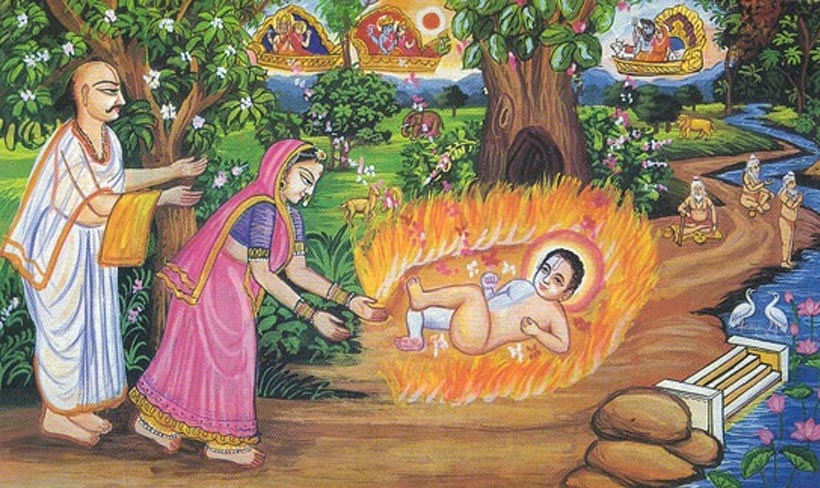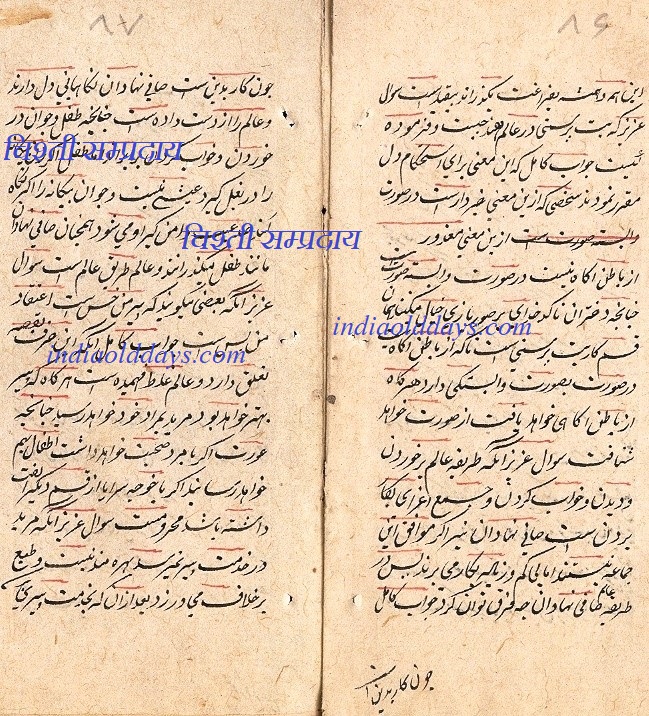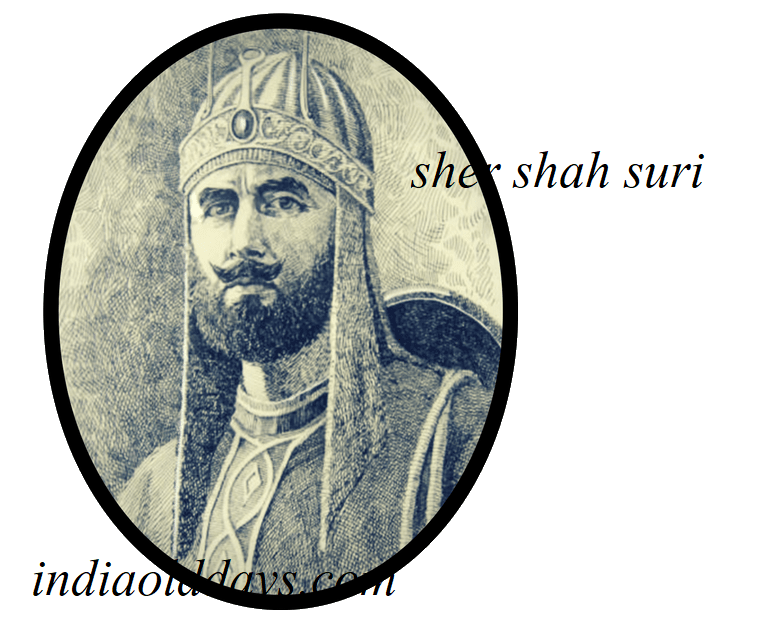Introduction of life of Mughal emperor Akbar

Akbar was born on 15th October, 1542 AD in the palace of Rana Veersaal of Amarkot. Happened in. Akbar remained under the praarambhik of Askari for the first three years of his birth.
During the war against Kandahar between Humayun and Kamran, when Humayun’s Tope was burning on the Kandahar Fort. At that time Kamran hanged the boy on the wall of the fort, but fortunately he was saved. In his childhood, Akbar had acted as Ghajini and Lahore Subedar. On the occasion of Humayun’s death, Akbar War was Sikander Sur from Punjab.
Akbar’s coronation was done under the supervision of Bairam Khan on 14 February 1556 AD at Kalanaur in Gurdaspur district of Punjab. Mirza Abul Qasim had done this. After being the ruler, from 1556 to 1560 AD, under the patronage of Bairam Khan. The crisis was first brought to Muhammad Adil Shah Sur. 1556 AD In Akbar appointed Bairam Khan his lawyer (Wazir) and gave him the title of Khan-e-Khana. In fact, to strengthen Akbar’s initial position, Bairam Khan was the biggest hand man, who belonged to the Shia community of phaaras.
Second War of Panipat (5 November 1556) Actually, between Akbar’s lawyer and guardian Bairam Khan and Muhammad Adilshah Sur Wazir and Senapati Hemu – who had occupied Delhi and declared himself an independent ruler, had assumed the title of Vikramaditya. . Hemu was the 14th ruler of India to hold the title of Vikramaditya.
Dr. R.P. Tripathi wrote about – “the result of Panipat’s second war, that the defeat of Hemu was an accident, whereas Akbar’s victory was a divine coincidence”.
While going to makka on Bairam Khan, a group of Afghans invaded in Gujarat, an Afghan named Mubarak Khaan whose father had been killed by Bairam Khan in the Battle of Machhivadha (1555 AD) – killed. After the death of Bairam Khan, Akbar married Bairam Khan’s widow Salima Begum and delivered her son Abdurrahim to the post of Pal Nosher Khan-Khana. Abul Fazl has appointed the most responsible Akbar’s mother, Maham Anaga, in the fall of Bairam Khan.
In the time of Akbar’s rule (1560 to 1562), by his dhya maham anga, his son Adham Khan and daughter-in-law Jigi Anaga, being the paramount leader in governance, historians termed the curtain government as the Petticoat government.
Akbar had abolished the following taxes-
- Akbar in 1562 AD Das Pratha,
- in 1563 AD Tirth yatra
- In 1564 AD jajiya kar
Reference : https://www.indiaolddays.com/





